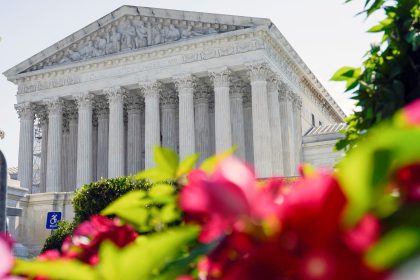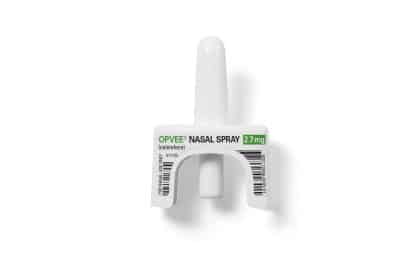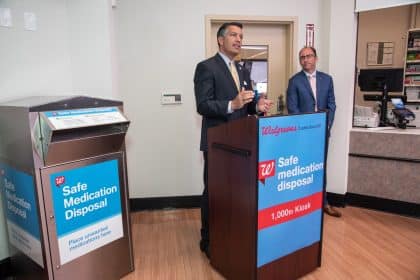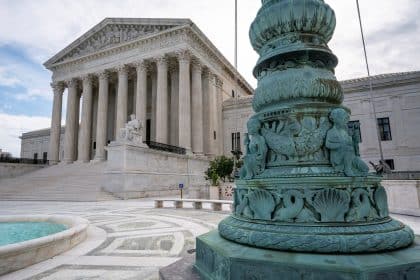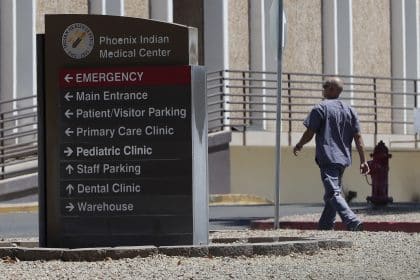House Committee Examines Impact of Opioid Crisis on Tribal Communities
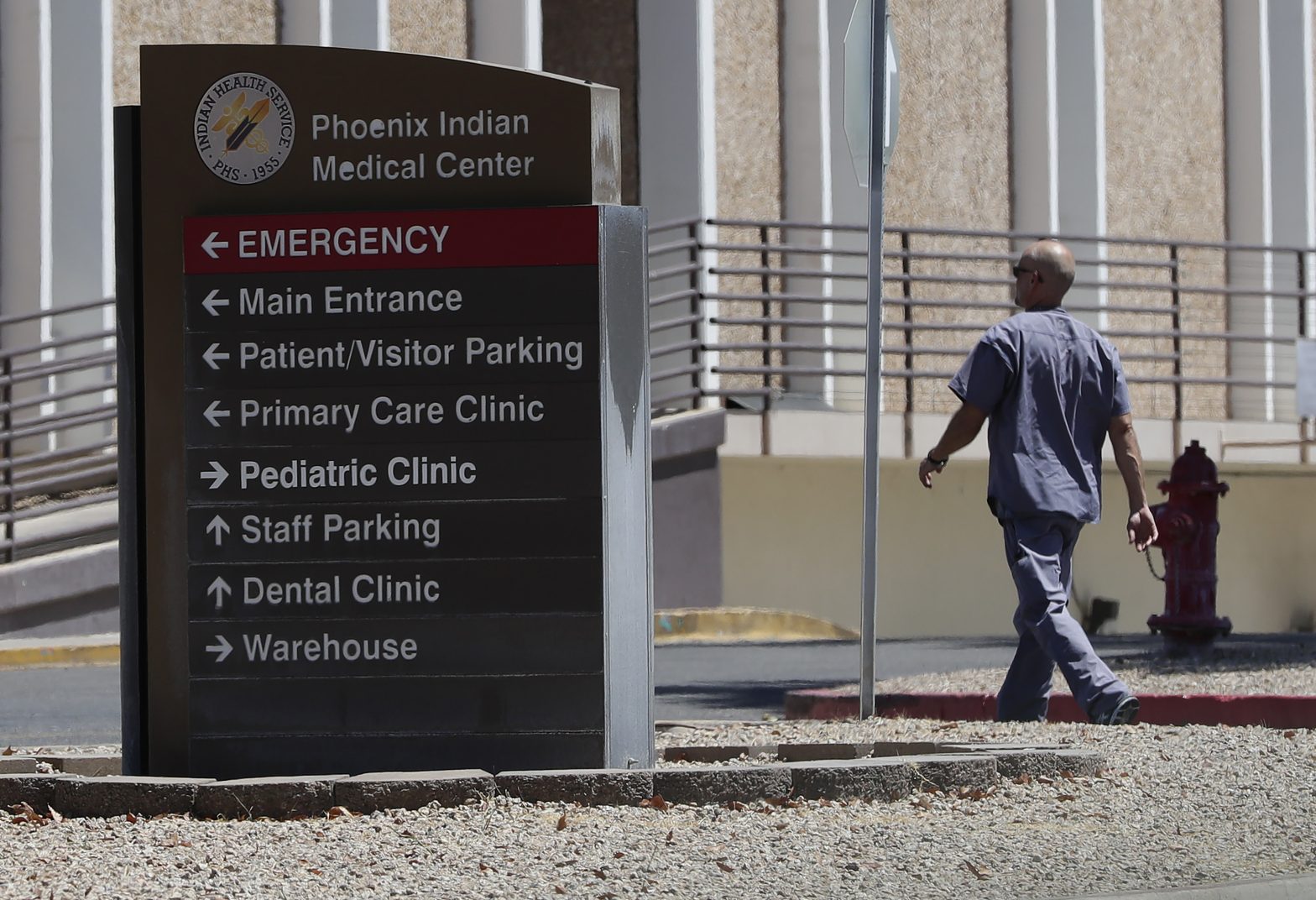
WASHINGTON — This week the U.S. House Natural Resources Subcommittee on Oversight and Investigations held a hearing to discuss the opioid crisis in tribal communities.
“Opioid overdose deaths during the pandemic increased more in Native American communities than … for any other racial or ethnic group,” said Rep. Katie Porter, D-Calif., who serves as chairwoman of the committee.
During the hearing, tribal leaders discussed how the opioid crisis has impacted their tribal communities, from Urban American Indians and Alaska Native populations to the Tohono O’odham and Cherokee nations.
Since fiscal year 2018, Congress has enacted set-asides in opioid response grants to help Native communities address the opioid crisis. The recently passed FY 2022 omnibus spending bill, which included a State Opioid Response Grant reauthorization, only listed “Indian tribes or tribal organizations,” meaning that Urban American Indians and Alaska Native organizations were excluded from those resources.
The National Council of Urban Indian Health has since been working with Congress to ensure the inclusion of Urban Indians and introduce the Native Behavioral Health Access Improvement Act of 2021. The act requires the Indian Health Service to allocate $200 million for the authorization of a special program for behavioral health needs of American Indian and Alaska Native populations.
According to publicly available data from U.S. Customs and Border Protection, the Border Patrol seized 1,045 pounds of fentanyl nationwide since February 2021.
The Tucson, Arizona, area accounted for 40.86% of the total amount seized nationwide within that period.
In the Tucson sector, the Tohono O’odham Nation Police Department and U.S. Border Patrol together seized on average over 313,000 pounds of illegal drugs per year.
Opioids have also had a disproportionate impact on the Cherokee Nation.
“[The] Cherokee Nation makes up less than 6% of Oklahoma’s population, yet nearly a third of the opioids distributed in the state went into our communities,” said Chuck Hoskin Jr., principal chief of the Cherokee Nation, during the hearing.
In one year, an estimated 845 million milligrams of opioids — between 360-720 pills for every prescription opioid user — were distributed within the Cherokee Nation Reservation, according to Hoskin.
Earlier this year, a settlement was reached with Johnson & Johnson for $18 million over two years for the company’s role in Cherokee Nation communities being flooded with prescription opioids.
The Cherokee Nation has also filed claims against Walmart, Walgreens and CVS for contributing to the crisis, but those claims remain pending.
“There were flags raised, and they were ignored because of profit,” said Hoskin.
Hoskin said the funds from the J&J settlement will support efforts to rescue Cherokees from addiction, including the construction of drug treatment facilities.
Last year, legislation was passed to provide an additional $12 million in annual funding to improve access to substance abuse treatment and wellness centers for tribal communities.
The Cherokee Nation Health Services already offers both medication-assisted treatment and behavioral health care. Roughly 7% of the unrestricted revenue generated by the Cherokee Nation Health Services will go towards more public health programs.
Still, more funds are needed to increase access to behavioral health services and to build out tribal workforce development programs, according to Hoskin.
This includes building pipelines to universities for tribal citizens to become a part of the workforce to defeat opioid and drug epidemics.
Only one in eight American Indians who need substance abuse treatment get it, according to Porter.
“The Indian Health Service is so underfunded compared to other federal health care programs that the U.S. Civil Rights Commission called it either ‘intentional discrimination or gross negligence,’” said Porter.
According to Porter, due to decades of underfunding, the Indian Health Service can spend only $3,779 per patient. This compared to the national average of $9,409.
“Delayed or denied health care results in American Indians and Alaskan Natives living sicker and dying younger than other Americans,” said Porter.
Alexa Hornbeck can be reached at [email protected]

















